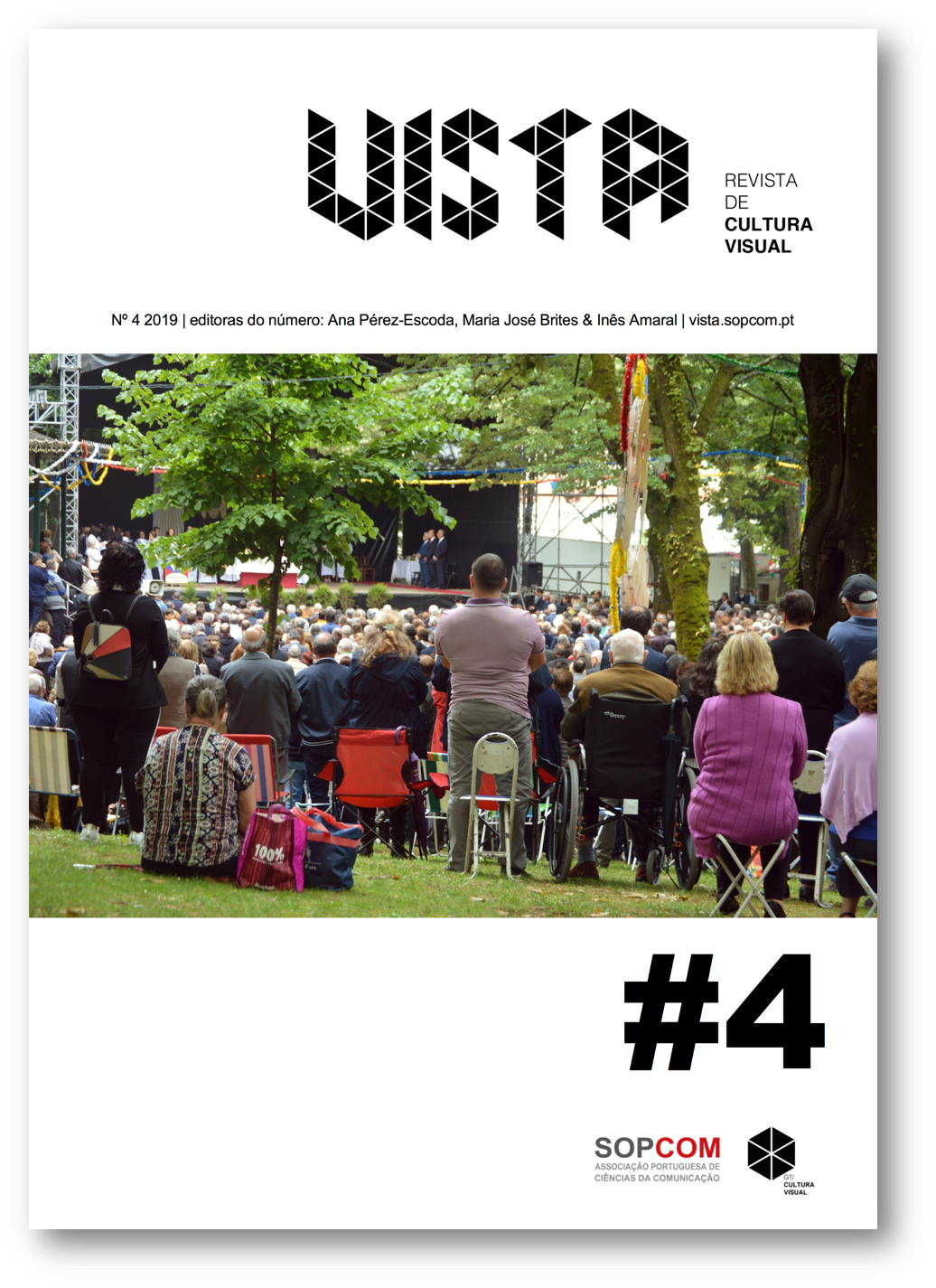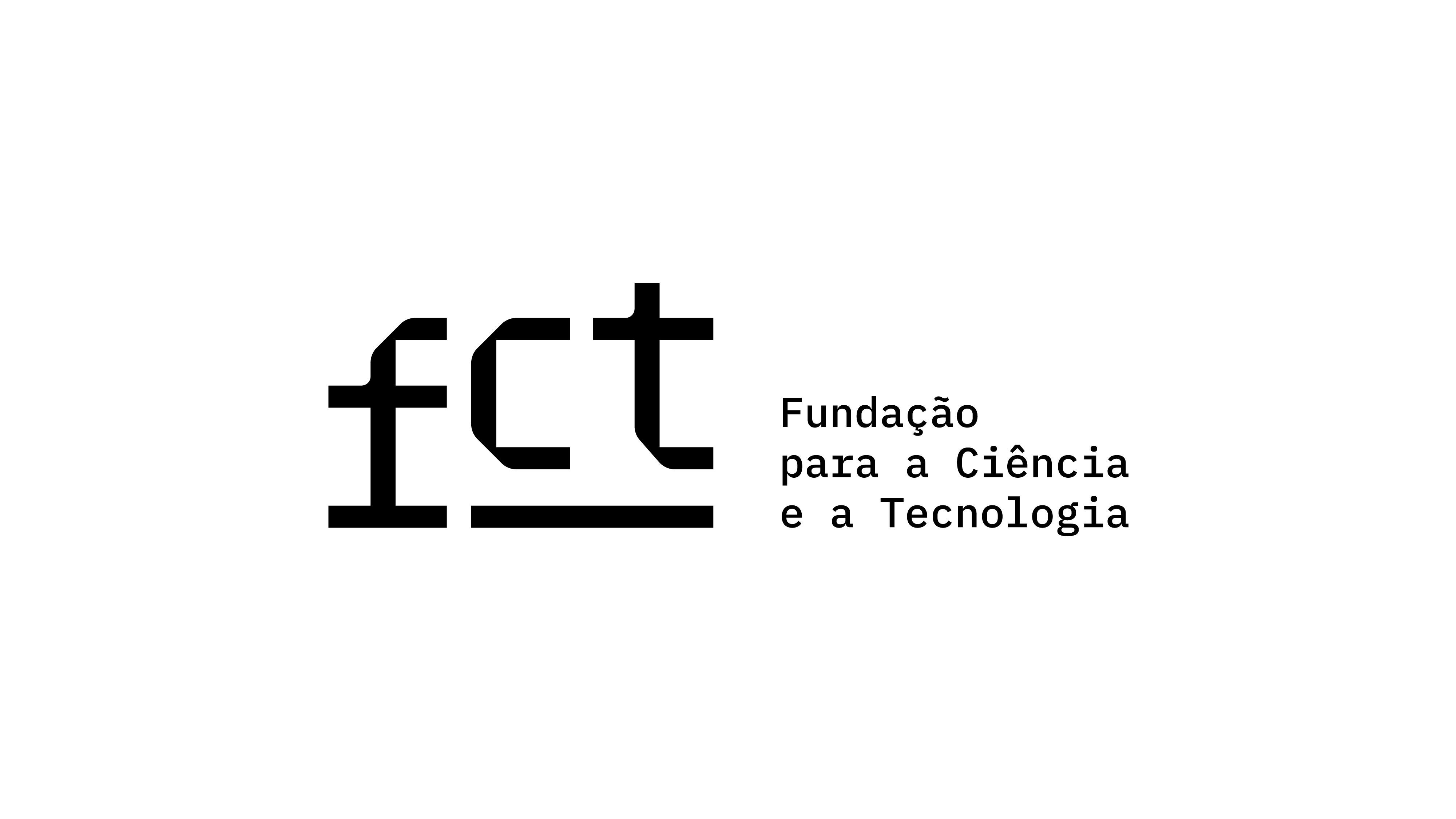A publicação de poesia na Internet: a literatura de Clarice Freire
DOI:
https://doi.org/10.21814/vista.3020Keywords:
Literature, Visual Poetry, Social Medias, Instagram, Pó de LuaAbstract
This article discusses the production and consumption to the online poetry, understanding cyberspace as a place where there is great vitality in the publication and consumption of artistic and cultural creations, and even of poetry. A case study of the profile of the social network Instagram Pó de Lua, by the poet Pernambucana Clarice Freire, is carried out in order to explore the nature of the virtual contact between production and reception of poetry. Intermidiality is considered as an important characteristic in contemporary artistic production, and it is verified that it acts as a style features of visual poems published in the digital space. It is also observed that in this environment the readers contribute to the diffusion of works that are published there from the sharing of the poems. For this study, it was made a temporal cut of the use of #podelua in the months of June and July 2018, from which we analyzed the updates made by readers and users of social networks in the author's poems.
Downloads
References
Benjamin, W. (1987). A obra de arte na época de sua reprodutibilidade técnica. In. Obras escolhidas Vol. I (pp. 165-196) São Paulo: Brasiliense.
Bhabha, H. K. (1998). O local da cultura. Belo Horizonte: Editora da UFMG.
Chartier, R. (1999). A Aventura do Livro: do Leitor ao Navegador. São Paulo: Editora UNESP/ Imprensa Oficial do Estado.
Campos, A. De (1994). Despoesia. São Paulo: Perspectiva Editora.
Clüver, C. (2006). Intertextus/ interartes/intermedia. Aletria: revista de estudos de literatura. No 14, 11-41.
Collins, J. (2010). Bring on the books for everybody. How literary culture became popular culture. Durham: Duke University Press.
Costa Lima, L. (1981). Mimeses e representação social. Dispersa demanda: ensaios sobre Literatura. Rio de Janeiro, RJ: F. Alves.
Dencker, K. P. (2012). Da poesia concreta à poesia visual: Um olhar para o futuro dos meios eletrônicos, in Diniz & Vieira (ed.). Intermidialidade e Estudos Interartes – desafios da arte contemporânea II (pp.13-153). Belo Horizonte: UFMG.
Drubscky, L. (2019, 19 de março). Entenda o que é hashtag (#) para que elas servem e como utilizá-las. post em blogue . Consultado em: https://rockcontent.com/blog/o-que- e-hashtag/.
Featherstone, M. (1995). Cultura de consumo e Pós-Modernismo. São Paulo: Studio Nobel.
Flusser, V. (2010). A escrita - Há futuro para a escrita? São Paulo: Annablume.
Gitlin, T. (2003). Mídias sem limite. Como a torrente de imagens e sons domina nossas vidas. Rio de Janeiro: Civilização Brasileira.
Hunt, P. (1990) Children’s literature. The development of criticism. Londres e Nova Iorque: Routledge.
Jenkins, H. (2006). Convergence culture: where old and new media collide. Nova Iorque: New York University Press.
Kellner, D. (2001). A cultura da Mídia: estudos culturais, identidade e política entre o moderno e o pós-moderno. Bauru: EDUSC.
Kirchof, E. R. (2016). Como ler os textos literários na era da cultura digital? Estudos de literatura brasileira contemporânea, No 47, 203-228. Consultado em: http://periodicos.unb.br/index.php/estudos/article/view/17247/12273>.
Kosinets, R. V. (2014). Netnografia: Realizando pesquisa etnográfica online. Porto Alegre: Penso.
Lévy, P. (1999). Cibercultura. São Paulo: Editora 34.
Linden, S. V. (2011). Para ler o livro ilustrado. São Paulo: Cosac Naify.
Lupton, E. & Phillips, J. (2008). Novos Fundamentos do design. São Paulo: Cosac Naify.
Manovich, L. (2001). The language of new media. Cambridge: The MIT Press.
Martín Barbero, J. (2003). Oficio de Cartógrafo. Santiago: Fondo de Cultura Económica.
Müller, J. E. (2012). Intermidialidade revisitada: algumas reflexões sobre os princípios básicos deste conceito, in Diniz & Vieira (ed.).
Rajewsky, I. (2005). Intermediality, Intertextuality, and Remediation. Intermédialités. No 06, 43-64.
Santaella, L. (2004). Navegar no ciberespaço: o perfil cognitivo do leitor imersivo. São Paulo: Paulus.
Silverstone, R. (2002). Por que estudar a mídia? São Paulo: Loyola.
Soares, M. (2002). Novas práticas de leitura e escrita: letramento na cibercultura. Educação e Sociedade, V. 23, No 81, 143-160. Consultado em: http://www.scielo.br/pdf/es/v23n81/13935.pdf>.
Souza, E.M. (1998). O não lugar da literatura. Ipotesi: revista de estudos literários, v.3, no2, 11-18.
Thompson, J. B. (2009). A mídia e a modernidade. Petrópolis: Vozes.
Wolf, W. (1999). The musicalization of fiction: a study in the theory and history of intermediality. Amsterdã e Atlanta: Rodopi.
Yamashiro, A. (2014). Entendendo a diferença entre tipografia e lettering. post em blogue . Consultado em: https://www.des1gnon.com/2014/05/entendendo-a-diferenca-entre-tipografia-e- lettering/
Downloads
Published
How to Cite
Issue
Section
License

This work is licensed under a Creative Commons Attribution 4.0 International License.
Authors own the copyright, providing the journal with the right of first publication. The work is licensed under a Creative Commons Attribution 4.0 International License.













